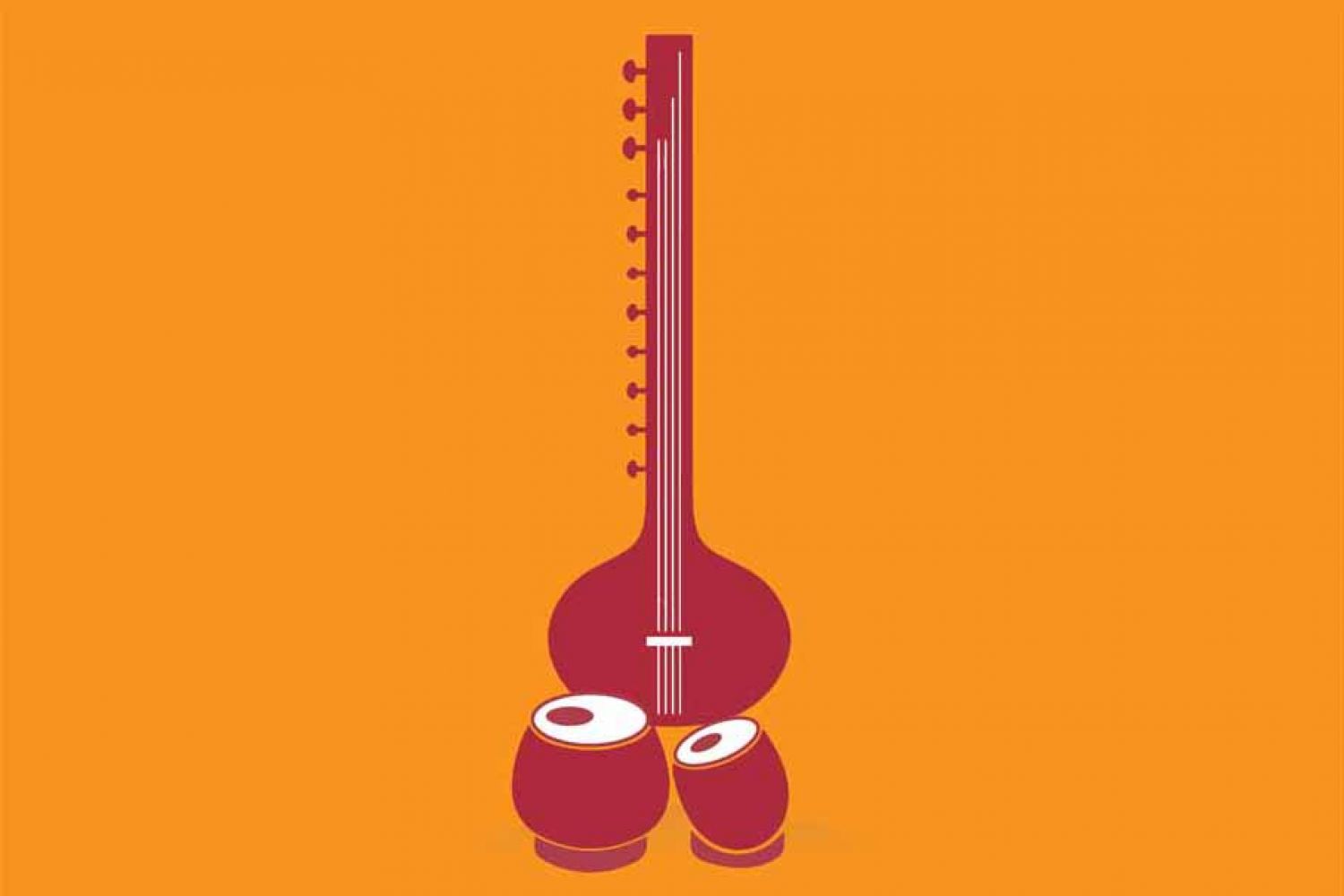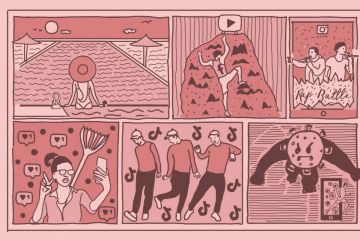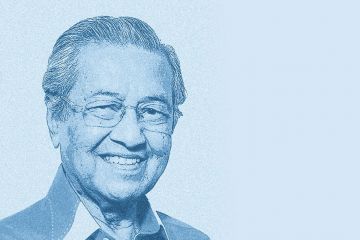
The Dilli (or Delhi) gharana of vocalists and
instrumentalists may be the oldest school of Hindustani music if the present khalifa
(head of the house) Ustad Iqbal Ahmed Khan is correct. He insists that it is
even older than the Gwalior gharana of Dhrupadiyas started by Raja Man Singh
Tomar. Iqbal sahib says Dilli artistes
sang Dhruvaur Padh from Ameer Khusro’s time (13th-14th century). But all that
is in the past. The present is a trying time for all gharanas of Hindustani
vocal and in





